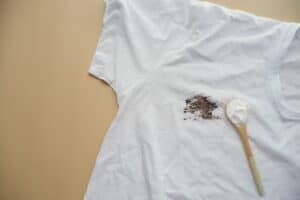How do Kitchen Compost Bins Work? The Ultimate Guide
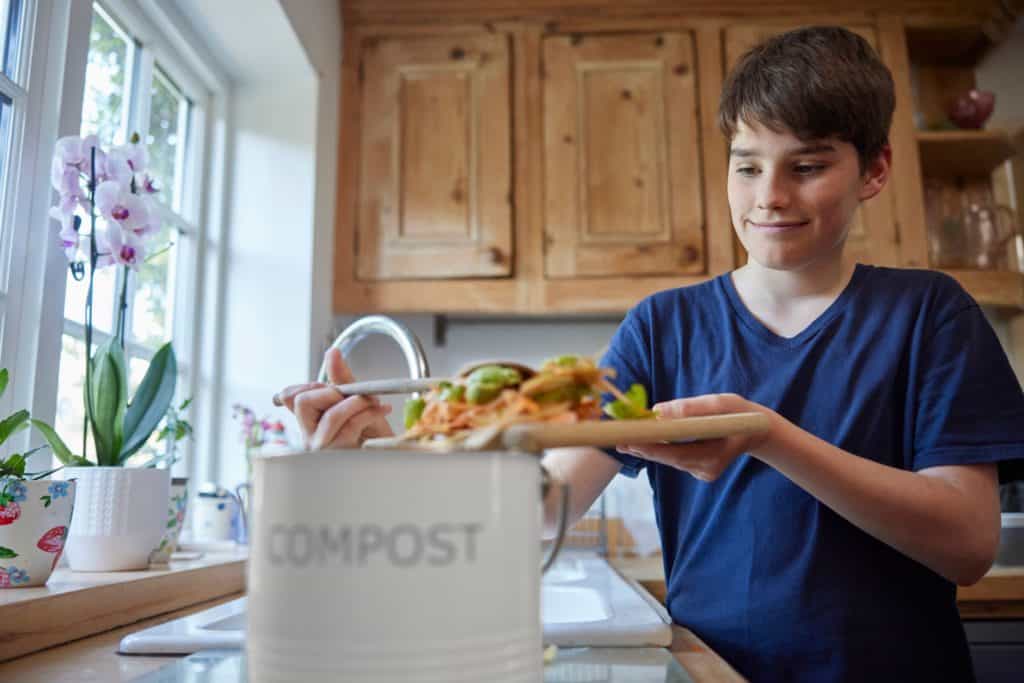
This post was last updated in 2023
And it all starts in the kitchen. This is where you generate food waste and where you’ll need a bin to collect it all.
After my review of different compost bins available in Australia, it became apparent that there are so many different bin types out there. It can be hard to choose which one is right for you if you know nothing at all about kitchen compost bins – what function they perform and what features you should look out for.

How do kitchen compost bins work?
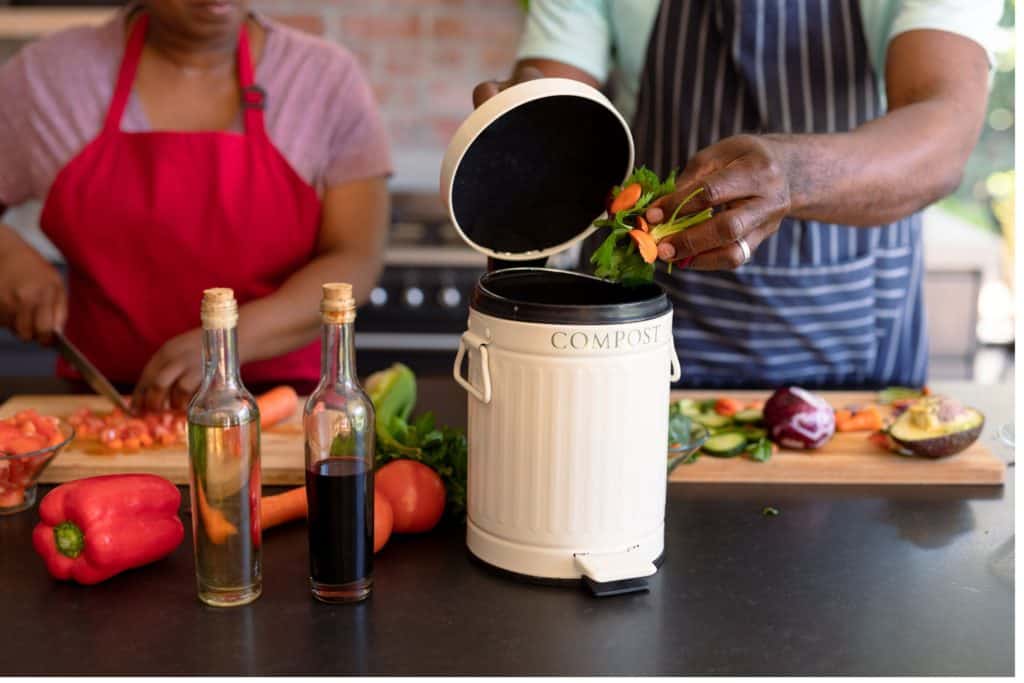
- Collect Food Scraps
: Kitchen compost bins are designed to hold various types of organic waste, such as fruit and vegetable scraps, coffee grounds, eggshells etc. If you use bokashi bran you can add proteins like meat, bones and cooked foods (more on bokashi below). You will need something to hold these food scraps before you deposit them into an outdoor compost bin, worm farm or food organics bin.
- Minimise Odors and Pests
: Since food scraps can generate odours and attract insects, a good kitchen compost bin comes with features like tight-fitting lids, ventilation and sometimes even odor-neutralising filters to stop odours from occuring and keep insects out.
- Convenience
: Having a designated compost bin in your kitchen encourages the separation of compostable waste from non-compostable items. This separation makes it easier to manage waste and ensures this valuable materials does not end up in landfill, where it will produce methane and contribute towards climate change.
How does a bokashi bin work?

- The bin needs to be large enough to collect food waste over several days/weeks
- The bin needs to have a firm secure lid
- It can not have any air holes
- There is no need for carbon filters
- There needs to be a strainer/filter at the bottom of the bin that allows the liquid to drain away from the food waste
- Ideally there is a tap that allows you to draw liquid from the bottom of the bin. Although I have found little use for this tap when using our 14L bin so this is not essential.
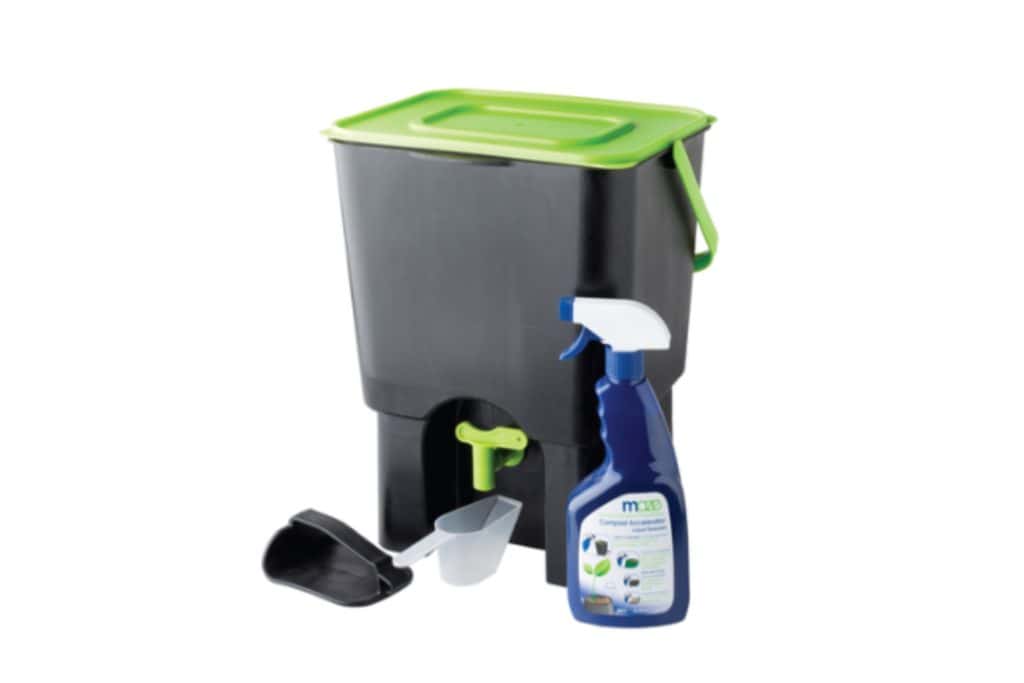
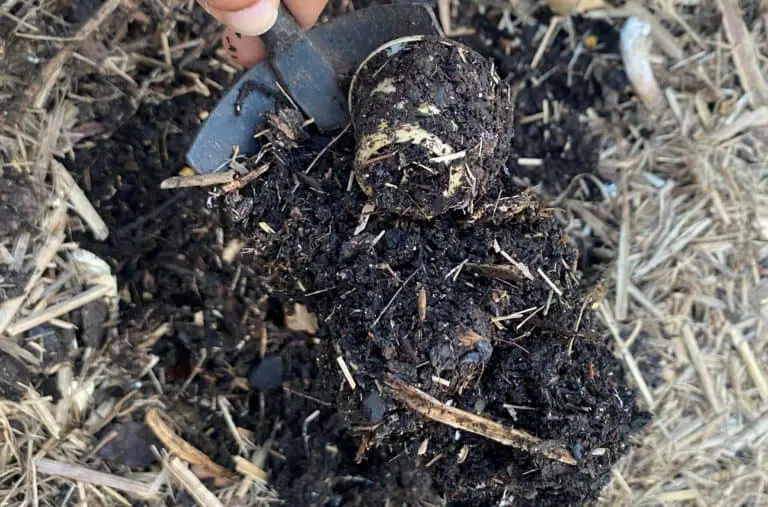
- You can collect weeks and weeks worth of kitchen scraps, using a bokashi system
- This means fewer trips to the compost pile or food organics bin
- No odour is produced when you use bokashi bran, no matter how old your food scraps are
- You can add eggs, fish, meat, and cooked foods to the bin. The bokashi system can break this down, so when you add it to your outdoor compost bin, it won’t end up attracting rodents or other pests.

Guide to choosing the perfect kitchen compost bin
1. Find Your Ideal Fit 🏡
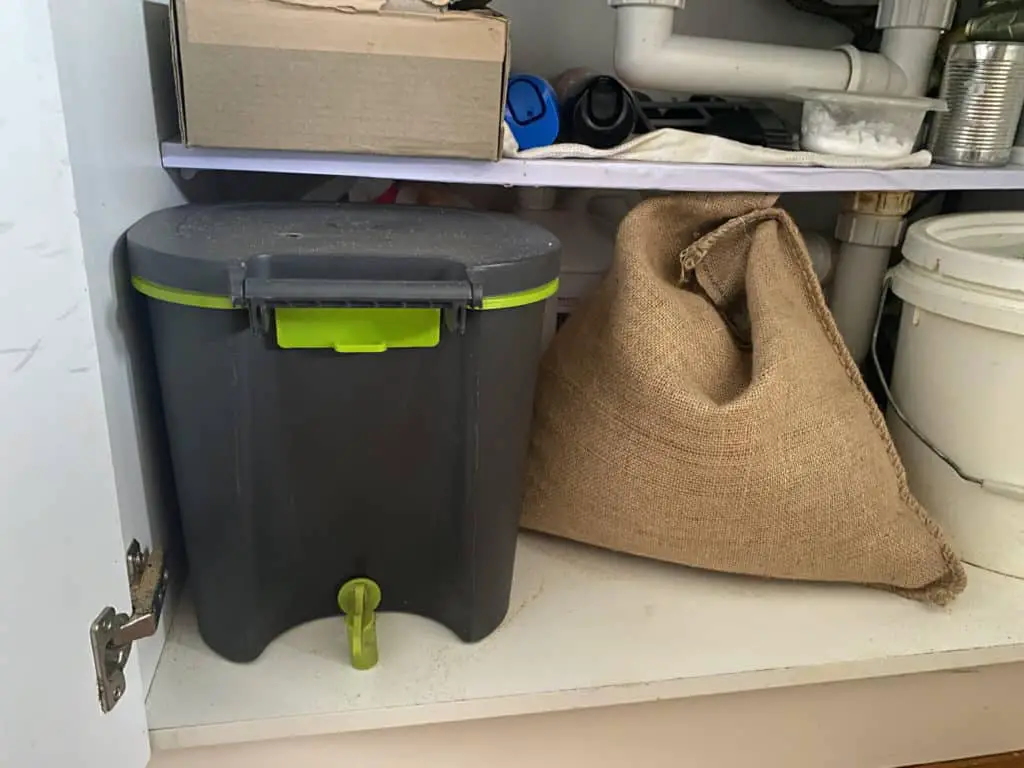
2. Lock in a Solid Lid 🗑️
If your lid does not fit well, too much of the bin odour will escape and fruit flies will find their way in and make themselves at home. You don’t want that.
That is because bokashi is an anaerobic (without oxygen) process, so you need a lack of oxygn to get the decomposition process going.
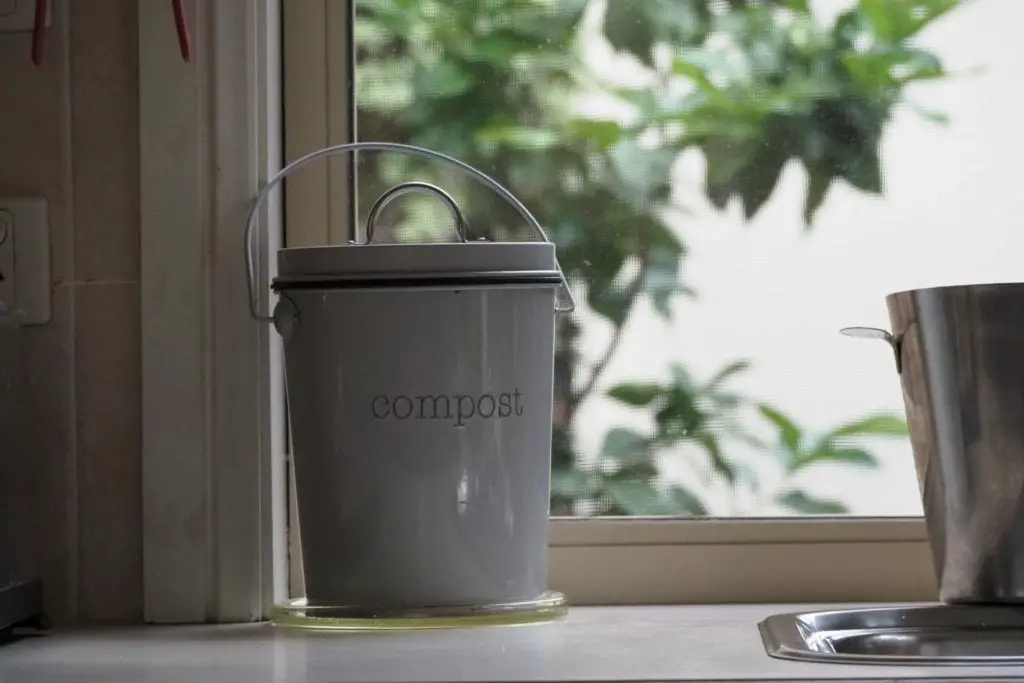
3. Let it Breathe 🌬️
So I have been harping on the idea of a bokkashi bin a lot. With that you also need to buy, store and use bokashi bran with your food waste.
If that does not appeal to you, then you need to choose a bin with ventilation. The ventilation needs to be “mesh” like – enough to let some air in but not large enough to allow fruit flies make themselves at home.
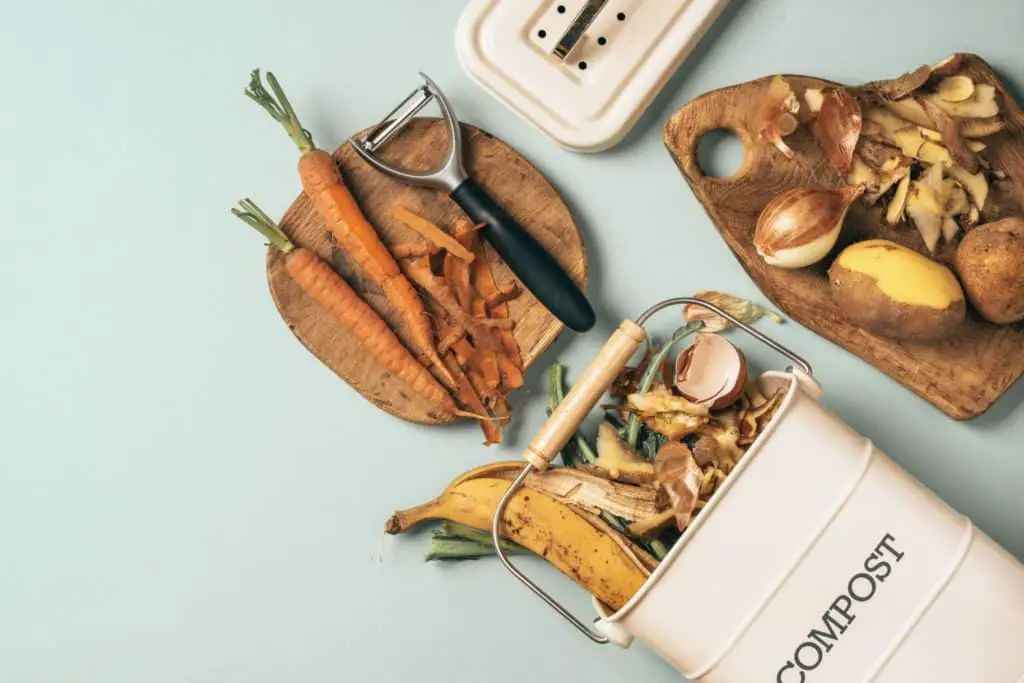
4. Material Matters 🍃
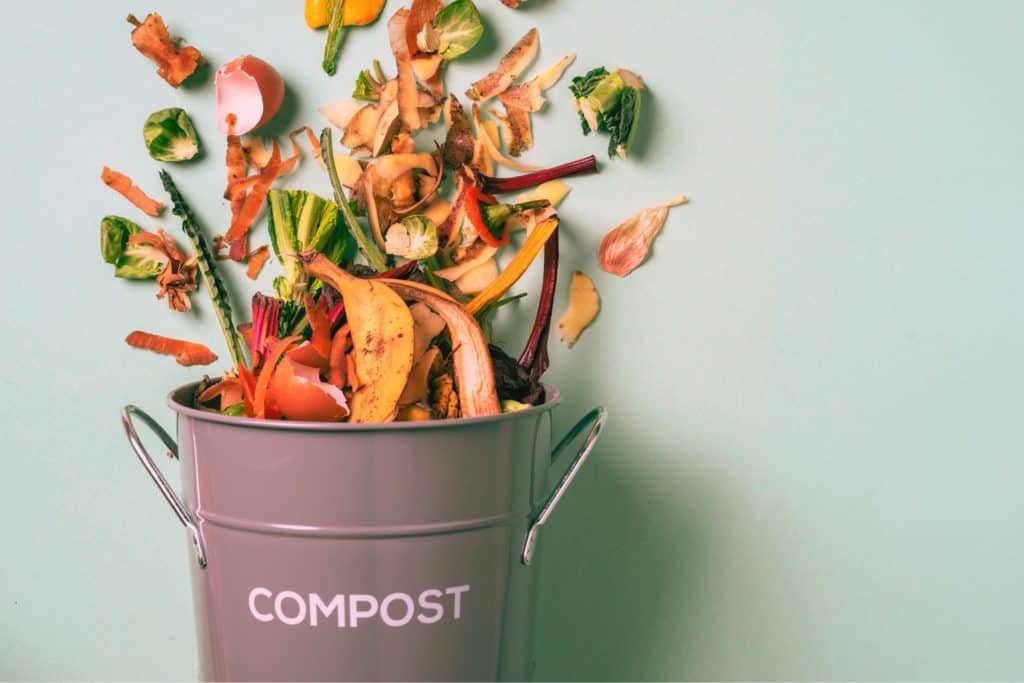
4. Effortless Cleanup 🧼
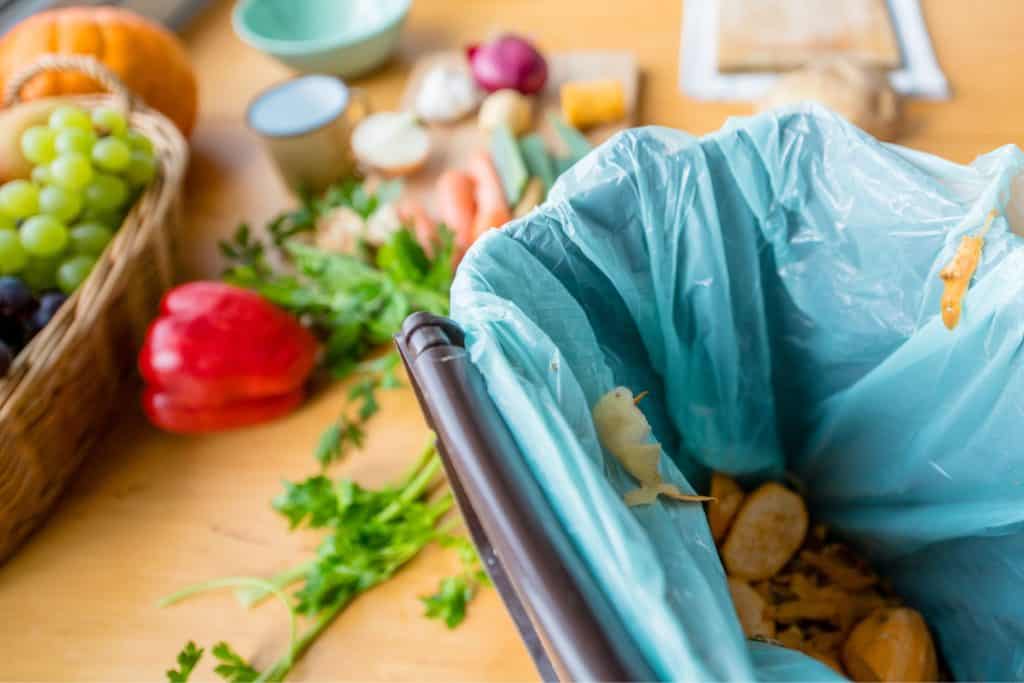
I have a fairly large bin, which I wash down with a hose after I have emptied it in my compost tumbler.
6. Tote-ally Convenient 🛍️
7. Style it Your Way 💃
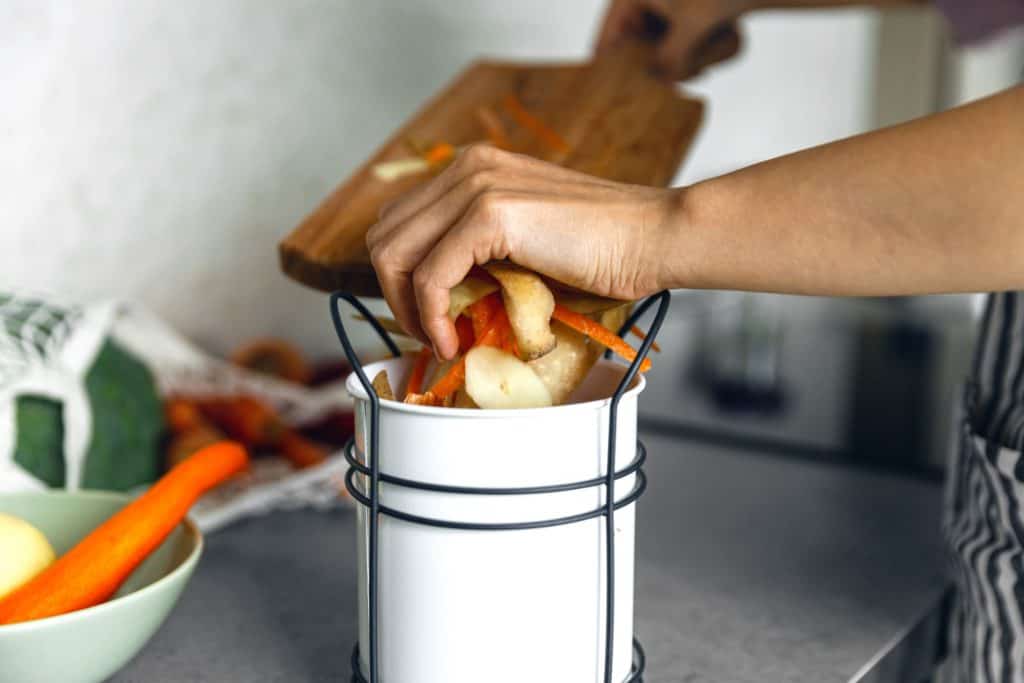
8. Budget Bliss 💰
Since these containers don’t have air holes, you will need to empty these containers before the food starts to rot.
9. Trust the Good Names 🏆
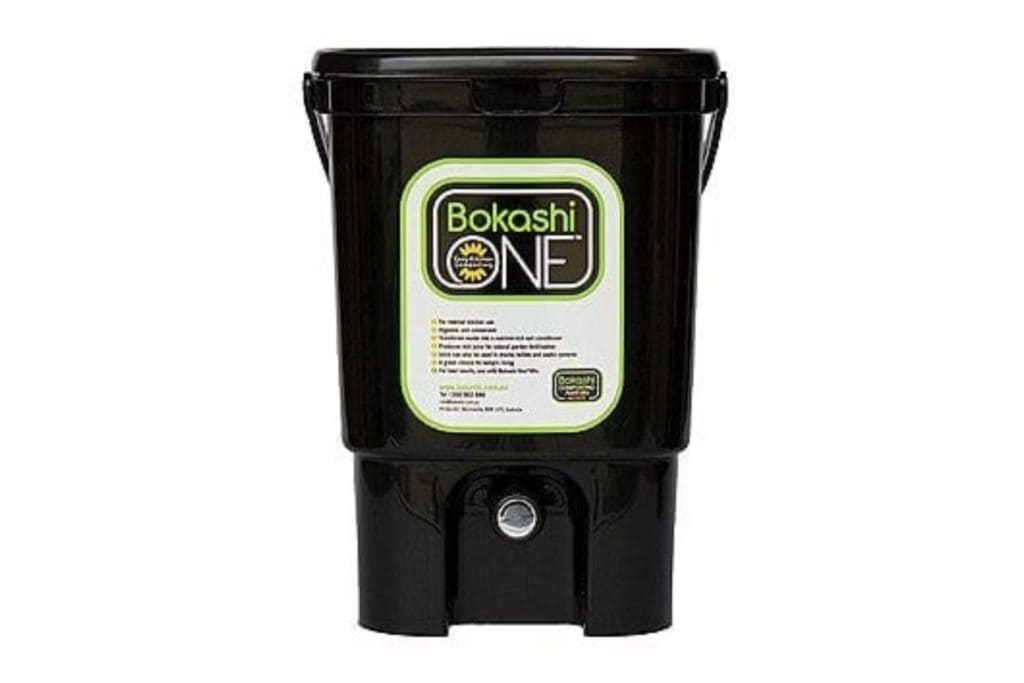
10. Reviews Speak Volumes 📢


